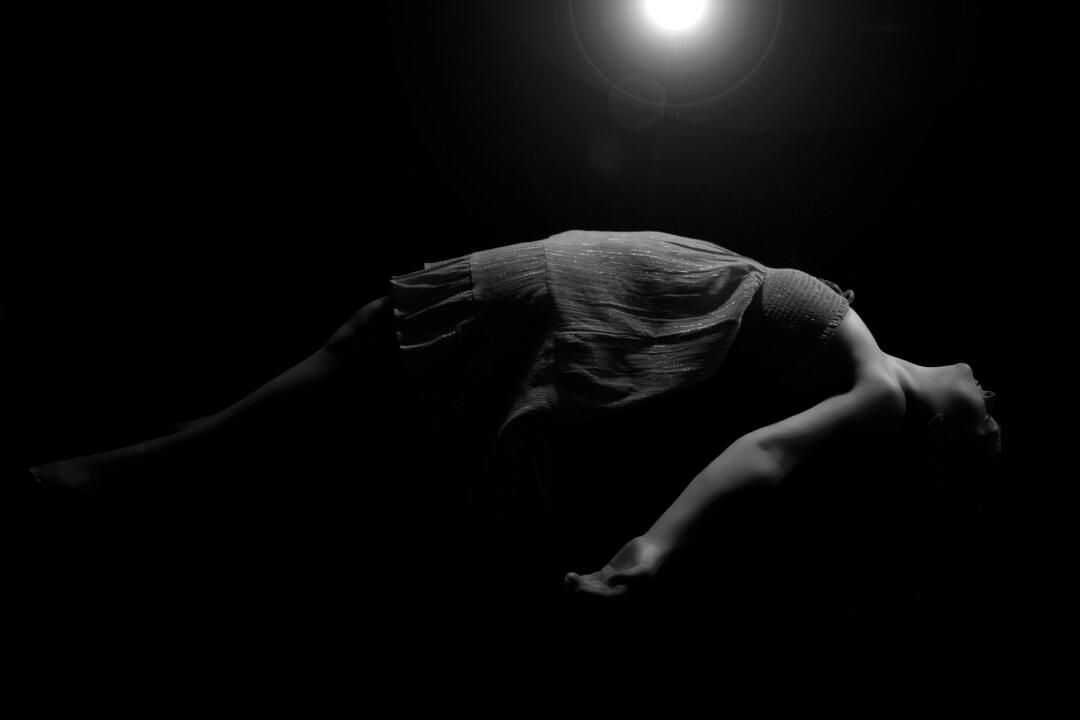Do you believe that people can leave their bodies and float around as disincarnate consciousness? Do you believe that close to the moment of death people see spirits of dead loved ones who come to help them cross over? Do you believe that weird coincidences are profound and meaningful?
Whether you believe these things or not, people who report these experiences show psychological impacts—often positive—that are undoubtedly real.
Near-Death Experience Turns Alcoholic Abuser into Good Samaritan
Dr. Bruce Greyson, a psychiatrist at the University of Virginia who studies near-death experiences (NDEs), told Epoch Times in an interview last year: “As a psychiatrist, what’s much more interesting to me is not the ‘knock your socks off’ part of the experience, but the after-effects, the way it changes people’s lives.”






